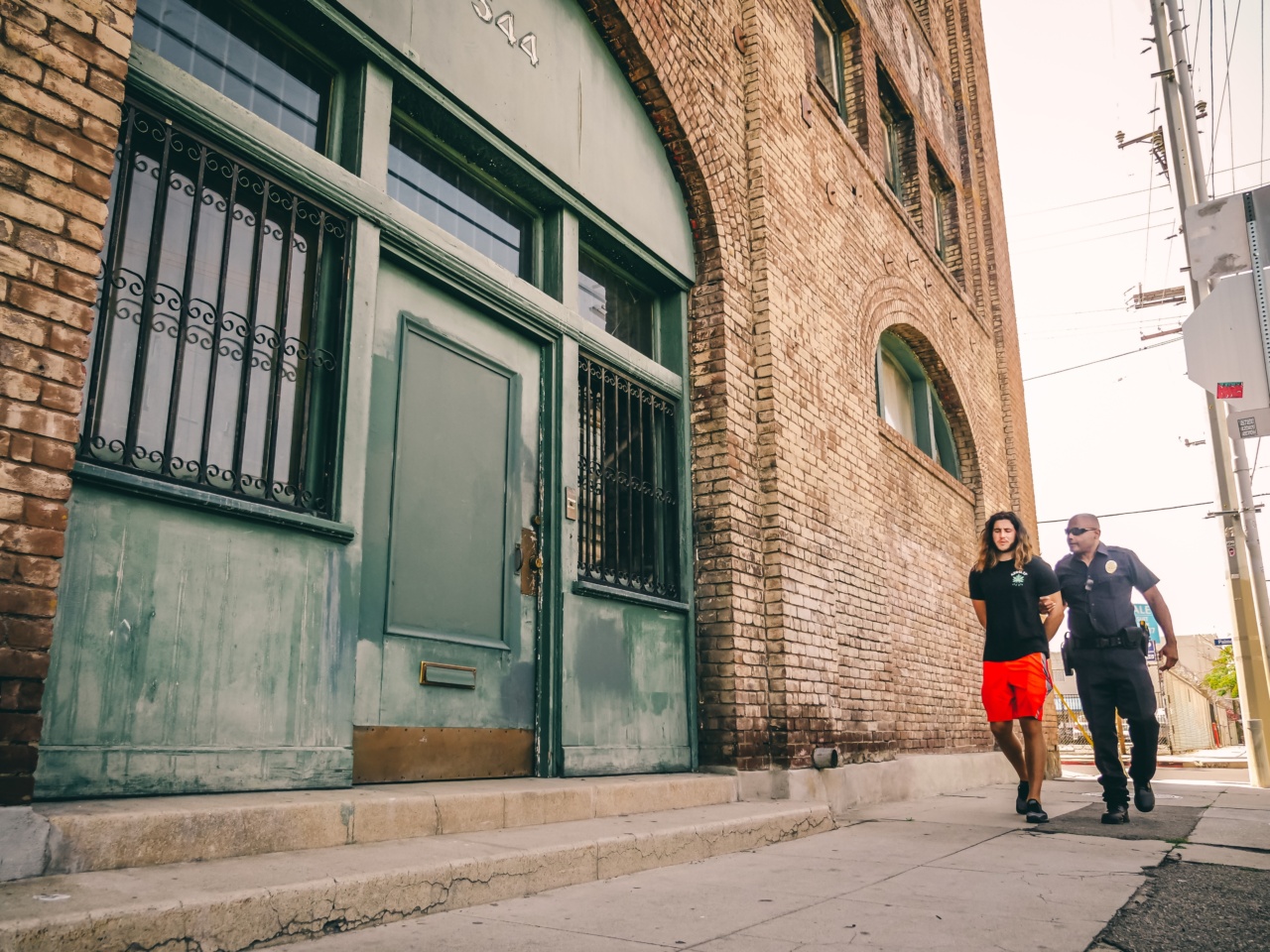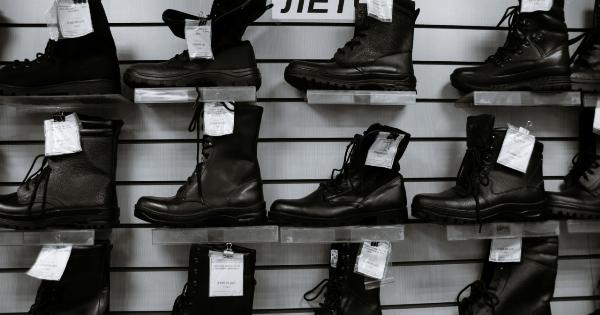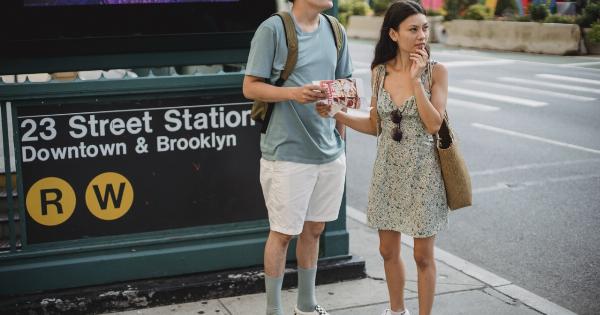Walking is a form of physical activity that is often recommended for its numerous health benefits. However, some studies suggest that walking may also increase the chances of arrest.
This article will explore the evidence supporting this claim and determine whether walking really does increase the risk of arrest.
Walking and Crime Rates
Several studies have found a correlation between walking and crime rates. For example, a study published in the Journal of Environmental Psychology found that people who walked more frequently were more likely to be victims of crime.
The study analyzed data from over 900 individuals in a high-crime urban area and found that those who walked more often had a higher risk of being mugged or assaulted.
Interestingly, other studies have found that walking in groups or in well-lit areas can significantly reduce the chances of being a victim of crime. This suggests that the risks associated with walking may be mitigated by taking certain precautions.
Walking and Police Attention
Another factor that may contribute to the perceived link between walking and arrest is the attention that walkers receive from police officers.
In some high-crime areas, police officers may be more likely to stop and question individuals who are walking than those who are driving or using public transportation. This may result in a disproportionate number of arrests among walkers.
Furthermore, some studies have suggested that police officers may be more likely to perceive walkers as suspicious or dangerous based on stereotypes and biases.
This may lead to increased scrutiny and a higher likelihood of arrest for those who regularly walk.
The Role of Race and Socioeconomic Status
Race and socioeconomic status may also play a role in the perceived link between walking and arrest.
Studies have consistently found that people of color and those from lower-income backgrounds are more likely to be stopped and arrested by police officers. This may be due to systemic racism and bias within law enforcement agencies.
Furthermore, people from lower-income backgrounds may be more likely to walk as a result of limited access to transportation options. This may increase their exposure to crime and police attention, leading to higher rates of arrest.
The Importance of Context
It is important to note that the relationship between walking and arrest is complex and contextual. While some studies have found a correlation between the two, this does not necessarily mean that walking itself is the cause of arrest.
Factors such as race, socioeconomic status, location, and police bias all play a role in determining the likelihood of arrest for walkers.
Additionally, taking certain safety precautions such as walking in well-lit areas and in groups can significantly reduce the chances of being a victim of crime or arrest.
Conclusion
While there is some evidence to suggest that walking may increase the risk of arrest, this relationship is complex and influenced by a variety of factors such as race, location, and police bias.
Rather than avoiding walking altogether, individuals can take certain precautions to reduce their risk of experiencing crime or arrest.




























